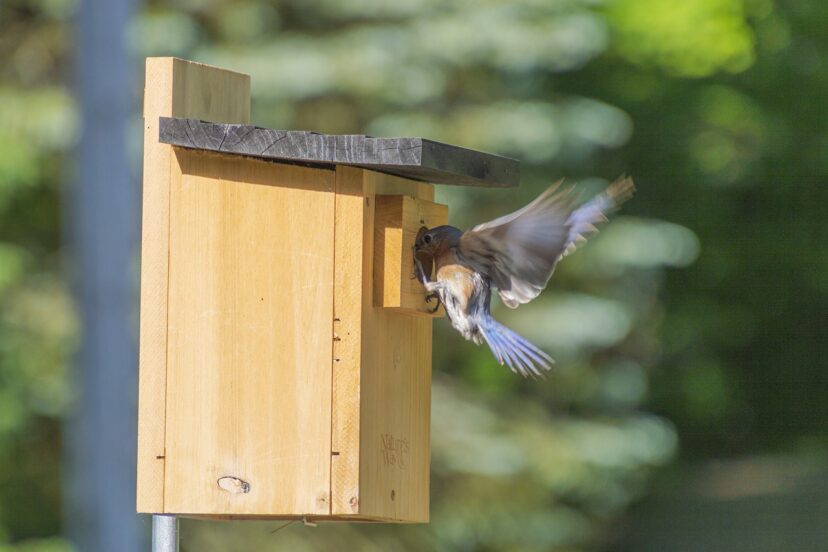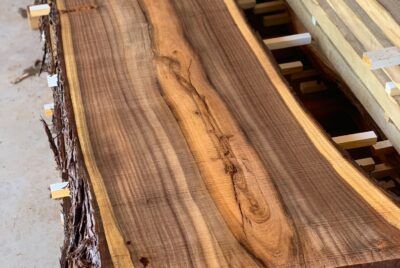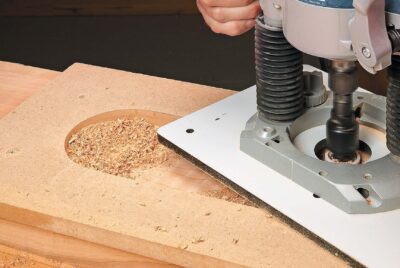Woodworking Projects for Kids: Unlocking Creativity
The Joy of Woodworking for Young Minds
Introducing children to the world of woodworking can be a truly transformative experience. It’s not just about creating something tangible from wood; it’s about igniting their creativity, teaching valuable skills, and fostering a lifelong appreciation for the art of craftsmanship. As a passionate advocate for hands-on learning, I’m excited to share with you a collection of woodworking projects that are perfect for kids, ensuring safety, enjoyment, and personal growth are at the forefront.
Why Woodworking is a Superpower for Kids
Woodworking offers children a unique blend of creativity, problem-solving, and practical skills. It’s a captivating way for them to apply their mathematical knowledge, enhance their fine motor abilities, and experience the immense satisfaction of transforming raw materials into something they can proudly call their own. But what sets woodworking apart from other hobbies? It’s the perfect fusion of art, science, and craftsmanship – a trifecta that few other activities can match.
Choosing the Right Projects: Balancing Simplicity, Satisfaction, and Safety
When it comes to woodworking projects for kids, the selection process is crucial. The goal is to strike the perfect balance between simplicity, satisfaction, and safety, ensuring that the experience is not only enjoyable but also serves as a valuable learning opportunity.
Simplicity is Key
Projects for young woodworkers should be straightforward, avoiding complex techniques and tools that could frustrate or demotivate them. I recommend choosing projects with simple cuts and assembly methods, ideally those that can be completed using hand tools. This simplicity helps maintain their interest and focus, making the woodworking experience a positive and engaging one.
Satisfying Results
Kids thrive on immediate gratification and the sense of accomplishment that comes from seeing their efforts materialize into something tangible. That’s why it’s essential to select projects that lead to satisfying results within a short period. Birdhouses, simple toys, or picture frames are excellent choices, as they can usually be completed in one or two sessions, giving the child something to proudly display and share with others.
Safety First
When it comes to woodworking with kids, safety is of the utmost importance. Avoid designs that require sharp tools or complex machinery, which could pose a risk. Projects should be suitable for hand tools like saws, hammers, and screwdrivers, which can be safely used under adult supervision. Furthermore, choose projects that don’t involve small parts or toxic finishes, ensuring a secure environment for them to learn and create.
Educational Value: Turning Woodworking into a Hands-On Lesson
While the primary goal is to have fun and complete a project, incorporating an educational aspect can greatly enhance the experience. Woodworking projects can serve as practical lessons in geometry, physics, and even ecology, depending on the project.
Measuring and Cutting: A Lesson in Math
Building a simple box, for instance, can teach kids about volume, area, and the importance of precise measurements. Constructing a birdhouse, on the other hand, can introduce them to concepts like habitat and the role of birds in the ecosystem.
Hands-On Problem-Solving
Woodworking projects also encourage critical thinking and problem-solving skills. As kids navigate the challenges of assembling their creations, they learn to think creatively, troubleshoot issues, and develop a growth mindset – all valuable life skills that extend far beyond the workshop.
Fostering Creativity and Self-Expression
Allowing kids to personalize their woodworking projects is a fantastic way to nurture their creativity and self-expression. Whether it’s painting, decorating, or choosing the design, this aspect gives them a sense of ownership and helps them connect with their work on a deeper level.
Woodworking Projects for Kids: A Treasure Trove of Possibilities
Now, let’s dive into some of the most engaging and educational woodworking projects that are perfect for kids. From classic birdhouses to intricate jewelry boxes, there’s something for every interest and skill level.
Birdhouses: A Feathered Friend’s Paradise
Building a birdhouse is a timeless project that teaches kids about nature, measurement, and construction. It’s a wonderful way to introduce them to basic woodworking skills like measuring, sawing, and hammering.
Simple Boxes: Storage with a Personal Touch
A simple wooden box might seem basic, but it’s an excellent project for kids to learn about corners, edges, and working with different dimensions. Plus, they can paint or decorate their boxes, adding a unique personal touch.
Picture Frames: Capturing Memories
Creating a picture frame allows kids to work on precise measurements and straight cuts. It’s a project that can be easily customized and makes for a great gift.
Wooden Puzzles: Challenge the Mind
Wooden puzzles can range from simple shapes to more complex interlocking pieces. Kids can draw their designs and cut them out with supervision. It’s a fun way to challenge their thinking and precision.
Planters: Green Thumbs Up
Building a planter box is a fantastic project for kids interested in gardening. It teaches them about caring for plants and can be a great introduction to sustainability and environmental responsibility.
Bookends: A Reader’s Delight
Bookends are simple to make and offer a creative outlet for kids who love to read. They can design their bookends around their favorite book or character.
Coat Racks: Hang in There
A coat rack is a practical project that kids can use in their rooms. It introduces them to concepts like spacing and can be customized with hooks of their choice.
Toy Cars: Ready, Set, Go!
Building toy cars can be as simple or complex as desired. Kids can learn about wheels, axles, and aerodynamics while crafting their own toys.
Step Stools: Reach for the Stars
A step stool is not only a useful item but also a great way for kids to learn about stability and strength in construction. Plus, it’s something they can proudly use every day.
Key Holders: Never Lose Keys Again
A simple key holder project teaches kids about organization and planning. They can add personalized hooks or designs to make it their own.
Chess Sets: Checkmate!
For older kids, a chess set can be a challenging and rewarding project. It introduces them to detailed work and the satisfaction of creating a game they can play.
Wooden Animals: Wild Imagination
Creating wooden animals lets kids explore their creativity and learn about different shapes and how they come together to form recognizable figures.
Toolboxes: A Handy Project
Building a toolbox can teach kids about organization and the importance of taking care of their tools. It’s a practical project that they can use in future woodworking endeavors.
Jewelry Boxes: A Treasure Trove
A jewelry box is a more intricate project for older kids, introducing them to concepts like compartments and felt lining. It’s a great way to learn about finer details in woodworking.
Name Signs: A Personal Statement
A wooden name sign for their room door is a simple yet satisfying project for kids. It teaches them about lettering and gives them a sense of ownership.
Safety Measures and Final Touches
Regardless of the project, always prioritize safety and supervise closely. Encourage kids to put their personal stamp on their creations through painting, staining, or decorating. This not only makes the project more enjoyable but also more meaningful to them.
Final Thoughts On Woodworking projects for Kids
Woodworking projects for kids are about more than just the final product; they’re about the skills learned, the confidence built, and the memories made along the way. Whether it’s a simple birdhouse or a more complex jewelry box, each project teaches valuable lessons and provides a source of pride and accomplishment that will stay with them for years to come.
For more ideas for quick and easy woodworking projects, tap here.
FAQs On Woodworking Projects For Kids
- What is the best age to introduce children to woodworking projects?
- Children as young as 5 or 6 years old can be introduced to simple woodworking projects under close adult supervision. It’s important to start with basic tasks that match their developmental stage and gradually increase complexity as they grow and gain more skills.
- What safety precautions should be taken when involving kids in woodworking?
- Safety is paramount. Always ensure that children wear appropriate safety gear, including safety goggles and gloves. Teach them the safe use of tools, and keep sharp and power tools out of their reach. Supervision by an adult is essential at all times to prevent accidents and ensure a safe working environment.
- Can woodworking projects help in a child’s development?
- Yes, woodworking can significantly aid in a child’s development. It helps improve fine motor skills, hand-eye coordination, problem-solving abilities, and critical thinking. It also encourages creativity, boosts self-esteem, and can enhance mathematical skills through measuring and planning.
- What are some simple woodworking projects suitable for kids?
- Start with straightforward projects such as birdhouses, simple wooden toys (like puzzles or blocks), picture frames, or a basic toolbox. These projects can be completed with minimal tools and provide a sense of achievement that motivates further exploration of woodworking.
- How can I make woodworking an enjoyable learning experience for children?
- Make it fun and engaging by choosing projects that interest them, perhaps related to their hobbies or favorite animals. Encourage their creativity by letting them make design choices and personalize their projects with paint or decorations. Celebrate their accomplishments, regardless of the outcome, to foster a positive and encouraging learning environment.
- Make it fun and engaging by choosing projects that interest them, perhaps related to their hobbies or favorite animals. Encourage their creativity by letting them make design choices and personalize their projects with paint or decorations. Celebrate their accomplishments, regardless of the outcome, to foster a positive and encouraging learning environment.
- Where can I find more ideas for woodworking projects?
- Here’s a great place to find more woodworking project ideas.




